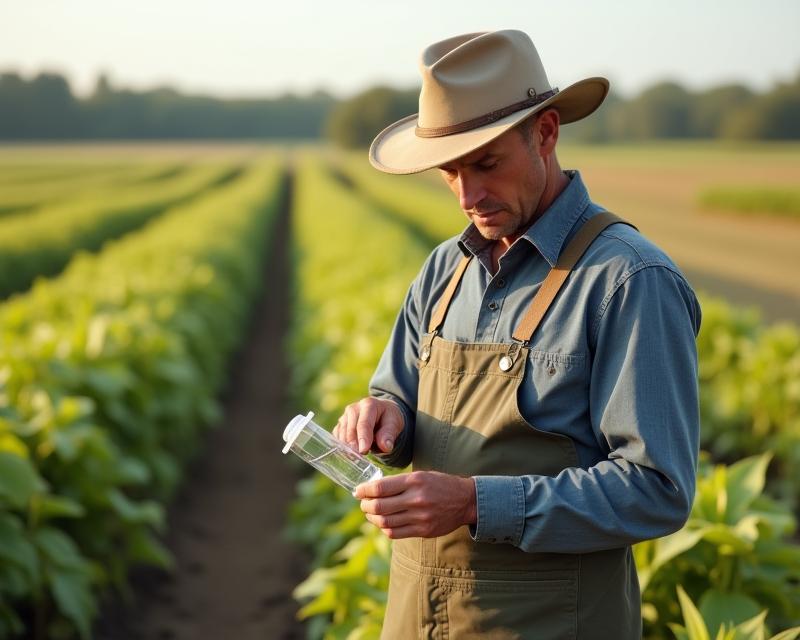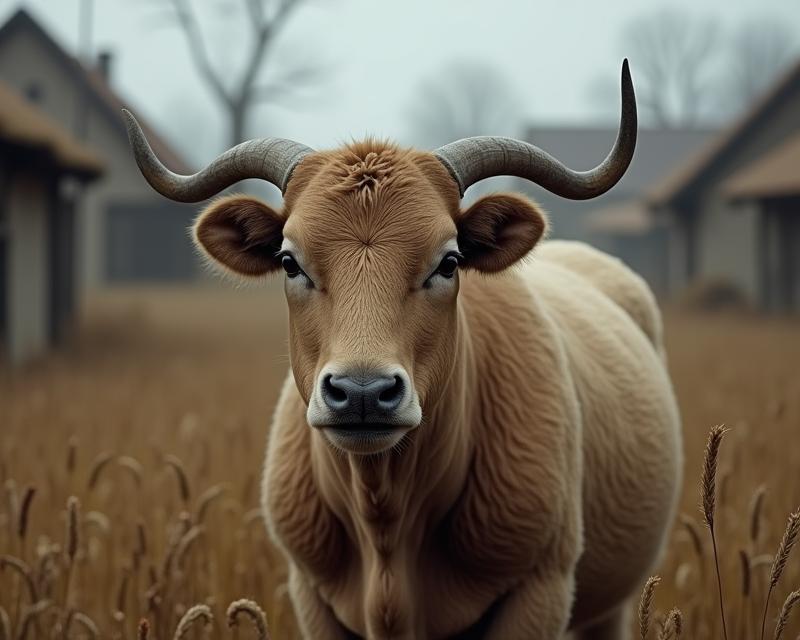Agricultural Drones: A Farmer's Guide
Publish in Agriculture el 04/07/2025 15:59
Agricultural Drones: A Farmer's Guide
Drones are rapidly changing the way farmers and gardeners manage their land. These unmanned aerial vehicles (UAVs) offer a powerful new set of tools for monitoring crops, improving yields, and making more informed decisions. But with so many types available, it can be confusing to know where to start. This guide breaks down the different types of agricultural drones and what they can do for you.

Multirotor Drones: The Versatile Workhorse
Multirotor drones, the most common type, are the workhorses of agricultural drone technology. They have multiple rotors (usually four, six, or even eight) that provide lift and maneuverability. They're relatively affordable and easy to operate, making them a great entry point for farmers. Multirotor drones are excellent for aerial imagery, crop health assessments, and scouting for pests or diseases. They can carry a variety of payloads, including RGB cameras for visual inspection, multispectral sensors to analyze plant health, and thermal cameras to detect stress.
Fixed-Wing Drones: For Large-Scale Mapping
Fixed-wing drones resemble small airplanes and are designed for covering large areas efficiently. They have a longer flight time and can cover significantly more ground than multirotor drones. This makes them ideal for large farms or ranches that require detailed mapping and surveying. Fixed-wing drones are particularly useful for creating high-resolution orthomosaics (geometrically corrected aerial images) and generating detailed field maps. While they require more planning and expertise to operate than multirotors, the data they provide can be invaluable for optimizing irrigation, fertilization, and planting strategies.
Hybrid Drones: Combining the Best of Both Worlds
Hybrid drones combine the vertical takeoff and landing (VTOL) capabilities of multirotors with the efficiency of fixed-wing drones. They can take off and land vertically like a multirotor, offering flexibility in challenging terrain, but then transition to a fixed-wing configuration for longer flights and wider coverage. Hybrid drones are a newer technology but are gaining popularity due to their versatility. They are a good option for farms with varied landscapes or those needing both detailed close-up inspections and large-scale mapping capabilities. They often require more advanced piloting skills.
Choosing the Right Drone for Your Needs
The best type of agricultural drone for you depends on your specific needs and budget. Consider the size of your farm, the type of crops you grow, and the tasks you want to accomplish. Multirotor drones are a good starting point for smaller farms or those needing detailed inspections. Fixed-wing drones are better suited for larger operations requiring extensive mapping. Hybrid drones offer a balance of both capabilities but come with a higher price tag and increased complexity. Don't forget to research regulations and obtain any necessary permits before flying a drone on your property. With the right drone, you can unlock new levels of efficiency and productivity on your farm!





